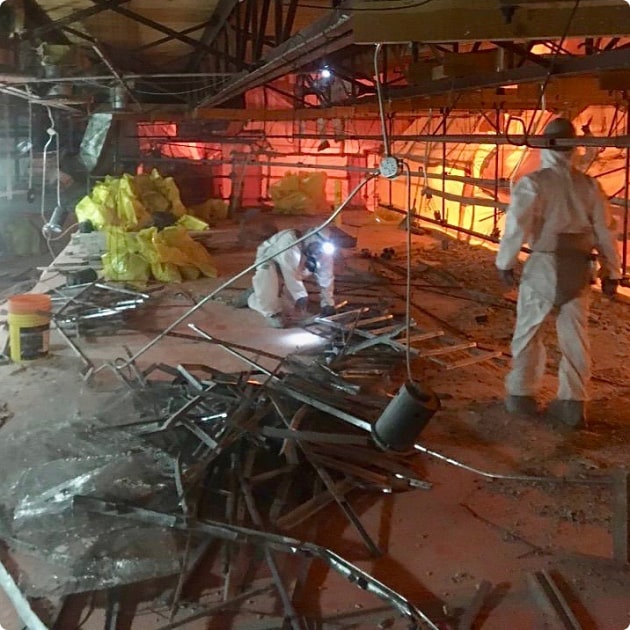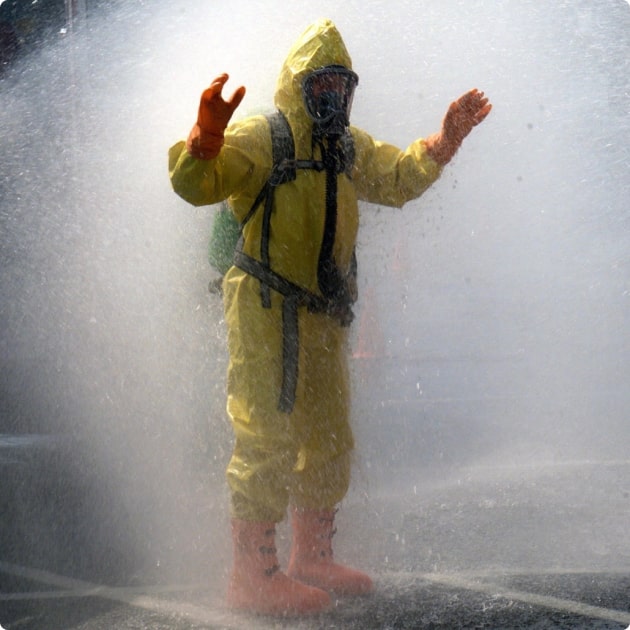Polychlorinated Biphenyl (PCB)
What is pcb and where
is it found?
Domestically manufactured from 1929 until manufacturing was banned in 1979, Polychlorinated Biphenyl, also known as PCBs, are a group of synthetic chemicals consisting of carbon, hydrogen and chlorine atoms.
PCBs range in consistency from an oil to a waxy solid and vary from thin, light-colored liquids to yellow or black waxy solids. PCBs were used in hundreds of industrial and commercial applications including:
- Electrical, heat transfer and hydraulic equipment
- Paint additives, plastics and rubber products
- Floor finishing
- Sealing and caulking compounds
PCBs do not break down easily. Once in the environment and can remain for long periods cycling between air, water and soil. PCBs can accumulate in the leaves and above-ground parts of plants, food crops, small organisms and fish.


How harmful is pcb and
how is pcb safely
removed?
PCBs have been known to cause a variety of adverse health effects including, negative effects on the immune system, reproductive system, nervous system, endocrine system, and in extreme cases cancer.
PCB remediation involves decontaminating PCB waste spills, containing the release of PCB’s, and disposing of PCBs. If PCB waste is discovered, remediation should occur immediately in order to prevent the further spread of pollution, or the onset of health issues. Depending on the form of PCB, amount, and location, risk varies and action should promptly be taken.
Remediclean professionals will test to confirm the presence, severity and hazard levels of PCB’s. This process also helps us to determine the type of remediation necessary to resolve the problem, including the correct disposal procedures. Do NOT attempt to remove yourself, as it could result in improper PCB removal.
Your go-to for hazardous PCB removal, Remediclean’s services include collection, testing and analysis, containment and remediation, decontamination and removal, clean-up and disposal.
